-
Posts
2,792 -
Joined
-
Last visited
Content Type
Profiles
Forums
Gallery
Events
Articles
Posts posted by bill
-
-
It has been some time since I have been active here. Too many other actvities and a mild stroke at the end of 2017 slowed me down. One of the activities I did to help regain motor control on my left side was write several articles and a monograph. One article was written with my friend, Michael Wehner. His research corrected the misidentificationj of the G in V&G. Thomas Gihon was initially identified as the G and Gihon did engrave the San Francisco alderman medal. Marc Giron is the correct identification in the V&G as noted above.
Our article on another rare San Francisco medal appeared in the December 2018 issue of The Numismatist and that article includesa picture of another example of the medal. Check out "Resurrecting a Symbol of Vigilance: The 1861 California Union Medal" for a look into early San Francisco.
The following link might work if you are not an ANA member:
If you are not a member, you should be!
-
I love the pieces you manage to find. Great collection.
-
Yes, I am currently president of that club. We celebrated our 199th anniversary two years ago and our hundredth anniversary of ANA membership last year. (I celebrated my 50th anniversary of ANA membership this year.)
-
I have been away for some time. I am busy editing the TAMS Journal and working on book projects. If the medal you pictured was your Constanius, you must have sold it as I just purchased it from John Kraljevich. The letters V&G stand for Vachon and Giron, the engravers who did the San Francisco Vigilante medals and city alderman medals among others.
-
No, I am not aware of a specific site. We do have discussions of Bryan money that is listed in the So-Called Dollar catalog. The site is so-calleddollar.com. But, I am not aware of anything else.
I co-edit the TAMS Journal. I would be happy to publish something about your unlisted pieces.
-
I have. It is well worth the visit.
-
I meant not enough info on the token itself to begin. Since everything is generic and provides no clue to the business or location, someone would have to recognize it to determine where it is from.
-
Not enough info on the piece to even begin research.
-
-
The D looks like others when I compare pictures with your picture.
-
Yes, it is a fantasy piece.
-
I don't know anything about them, but they are interesting.
-
Is a good place to start if you do not have an extensive library. The site is populated by token collectors to build an online catalog. It will likely never be complete, but when it doubt you might just find what you are looking for. I did a search for your token, but did not find a match. There are a couple of G.J. Lusch tokens, but no way to know if he was related J. Lusch Jr.
-
Why do you want to collect coins? For their art, history, investment, curiousity, etc? Do you collect art randomly or do you have a strategy.
You might want to start someplace like the American Numismatic Association (ANA) and their getting started pages such as:
https://www.money.org/ten-rules
Maybe you are more interested in medals, art medals, or tokens.
-
I see they have been counterfeited in China. You would need a known genuine piece to compare or submited it for certification. Good luck.
-
New purchase?
-
If you are a member of the American Numismatic Association, all copies of The Numismatist went online today. You must be an ANA member to access the issues, but registration is easy (enter your member number, email, and set a password).
The search function works well and highlighted text (an annoyance when I print) disappears when you select pdf output of interesting pages. These can be printed or saved to your harddrive for later use.
If you are not a member of the ANA and are interested in researching numismatic topics, you might consider joining.
-
Medals such as yours were routinely issued in the late 1800s and early 1900s for events such as the dedication of the Garfield Mausoleum. They were sold at the ceremony dedicating the mausoleum. I cannot tell who made it, but there is a good chance it was made by a Chicago firm given its general look. It is of a size known as a so-called dollar and it is known without the hole for a hanger, but it is not included in the so-called dollar catalog. That is not unusual as the catalog was published in 1964 and many more possible pieces have been recorded by collectors. Yours is likely to be included in a future so-called dollar catalog. A second version of a mausoleum medal is known as well. There could be others.
Value depends on many factors. So-called dollar collectors generally prefer unholed pieces. I like the pieces with intact badge parts (the ribbon and hanger). The number of interested collectors would also influence the price. I would guess it would sell for $50 to $75 (i.e. that is the price range in which I would be a player on Ebay). It could go for $100 to $200 if several people were bidding on it.
You have a collectible piece, scarce, but actual value depends on the interest of buyers since it is not in the catalogs, badges generally sell for less than pieces unholed, and the depth of the market is unknown.
A dealer might offer $15 or so given the uncertainty of value.
-
You can check this out:
I have never looked at them and do not know if they would work for you. And it seems they are out of stock at some dealers, so they may be hard to come by. It is however, worth a look.
-
-
In an earlier post (that means back in 2011) I showed a silver Gorham Mfg piece I acquired. It is easily the most common of the large silver sound money campaign pieces. One would associate these with the Republican sound money campaign, but a recent acquisition is a good reminder that there were sound money Democrats as well. In fact, they had their National Democratic Party convention in Indianapolis in early September 1896 to nomination a sound money Democratic slate. We don't hear much about them, but my purchase reminded me that they did exist.
So who was O.N. Frenzel and why is the engraving on the reverse of the "dollar" important?
O.N. Frenzel and his older brother John started as teenage "gofers" in the Merchants' Bank of Indianapolis. Both worked their way up. John eventually became president and Otto became vice-president and cashier. Otto later became president, but that was after 1896.
John and Otto were hard currency Democrats. When Bryan became the party nominee for president, hard money Democrats met in convention in Indianapolis in September 1896 as the National Democratic Party. They nominated their own candidates and John became treasurer of the party. Otto spoke at hard money forums. This piece of Bryan money engraved was issued shortly after the convention, so it is not directly related to the convention activities. But, Otto obviously used the political pieces associated with the Republican Party to promote the message of the National Democratic Party.The reverse features a number of "bagmarks" from silver dollars. Seems ironic that a piece advocation against the free coinage of silver would have been stored with silver dollars!
After my research, the piece begged to be included in my coin composite compositions:
-
Good luck with the certification. Its a great find if it makes it in holder.
-
Yep, she sounds like a keeper. Its a great age to begin collecting and learning and having fun with the hobby.
-
It is Breton 562. The dies were engraved by Joseph Arnault. It is found with both thick and thin plachets. Breton lists it as R3 in 1894 ($3-$5). I only have the 1894 publication in my library, so I can't reference a more up to date catalog value.

In a quick net scan however I found an AU example sold for $680 or so in a auction last Spring. The Charlton # is LC-16A3 if someone out there has a current Charlton catalog.
Yours has more wear than the few I found that were sold at auction, but I think you have a nice collectible piece.
Great find.


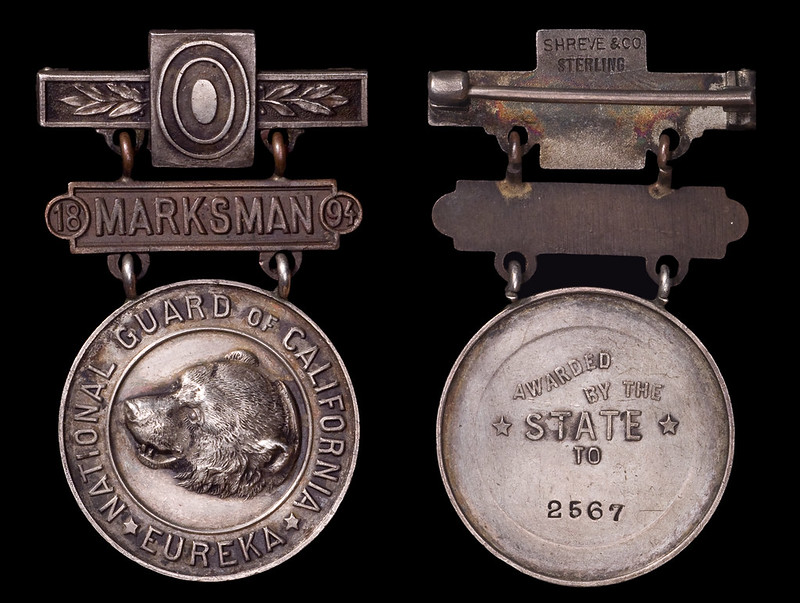
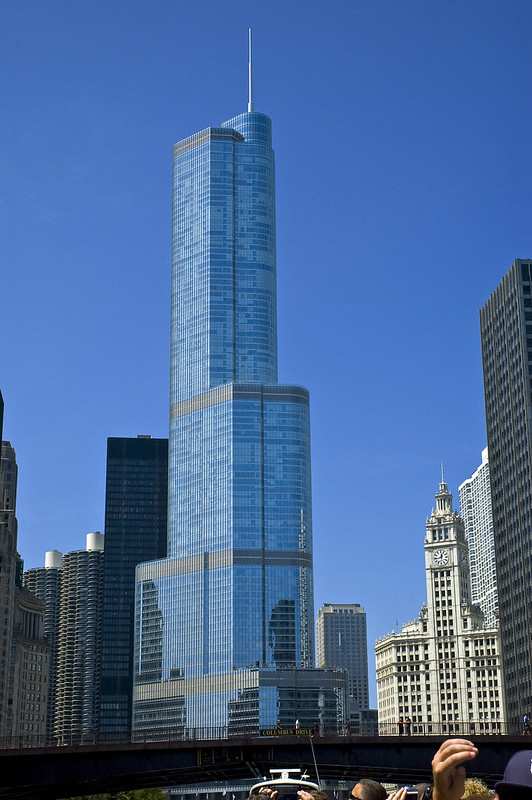
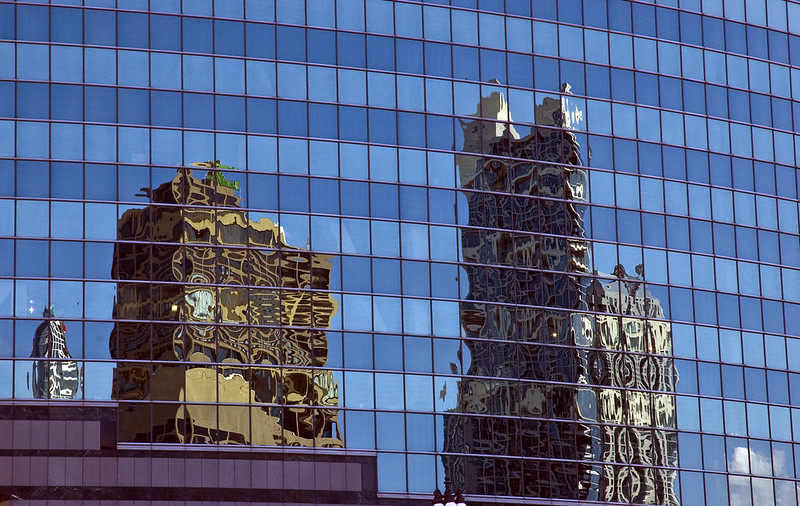
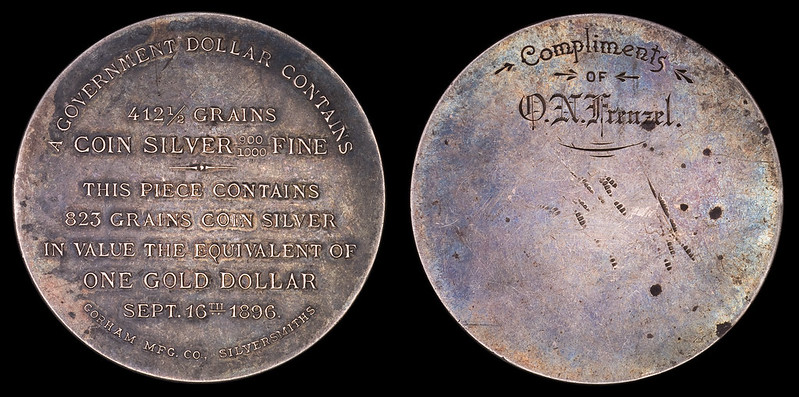
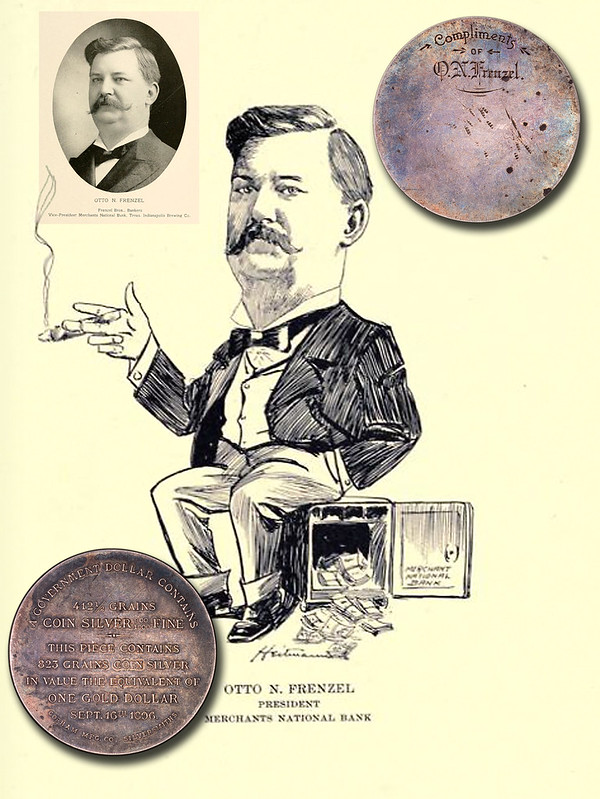
So-Called Dollars from the Pacific Coast Expositions
in Numismatic Book Forum
Posted
For those of you who will be attending FUN (the Florida United Numismatists) show in Orlando from January 10-13, 2019, I will be there at Jeff Shevlin's table (The So-Called Guy). Stop by and check out our new book, So-Called Dollars from the Pacific Coast Expositions. We will be signing copies. If you don't want to buy a copy, you can still browse through it. We offer good conversations and a few laughs for free, plus you can view the finest so-called dollar inventory you will find on the bourse floor. Hint for those of you who have never met me, Jeff is the So-Called Guy. I am the handsome Normal Guy with the full beard.